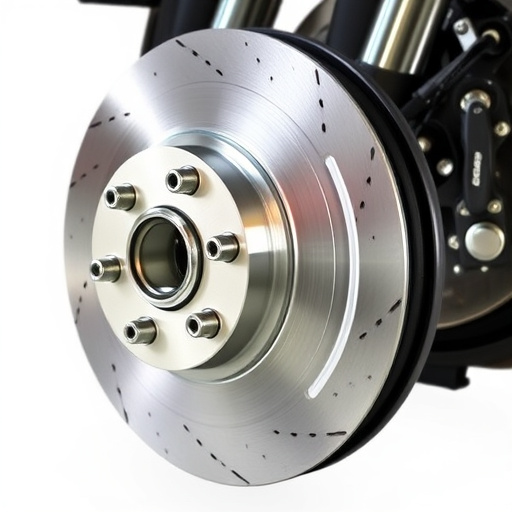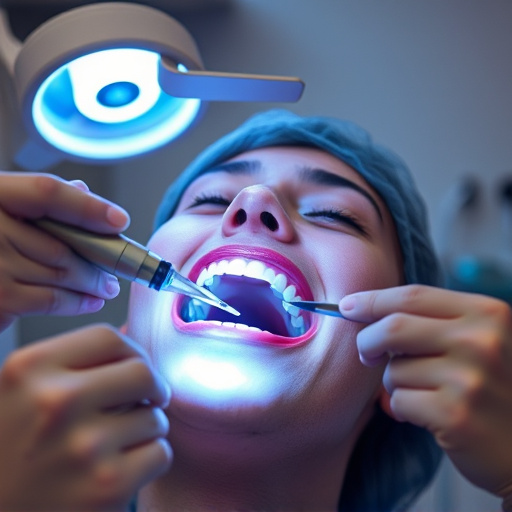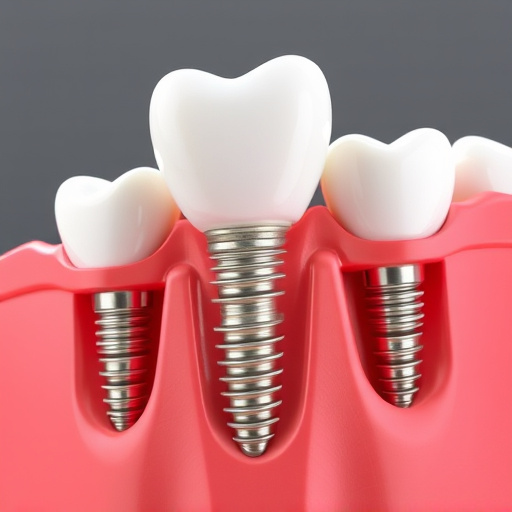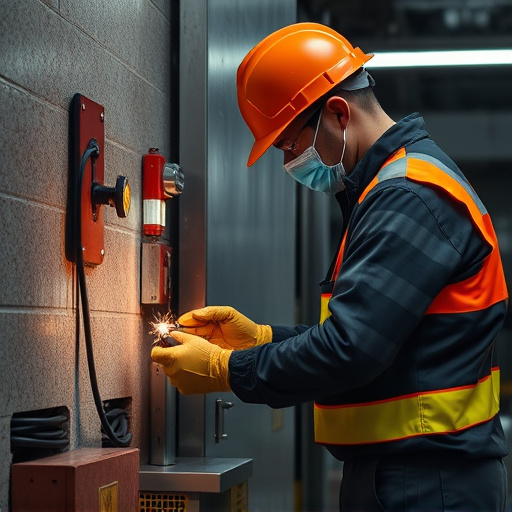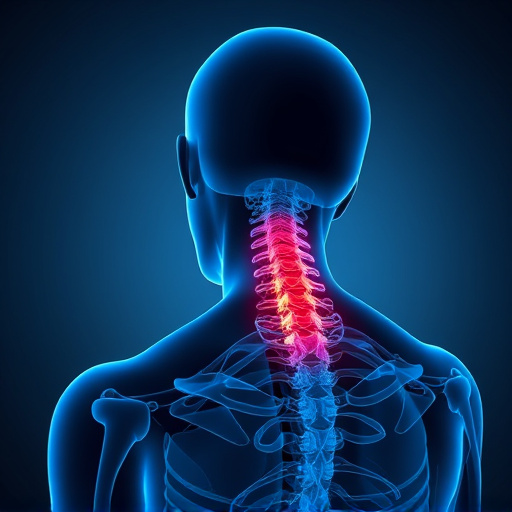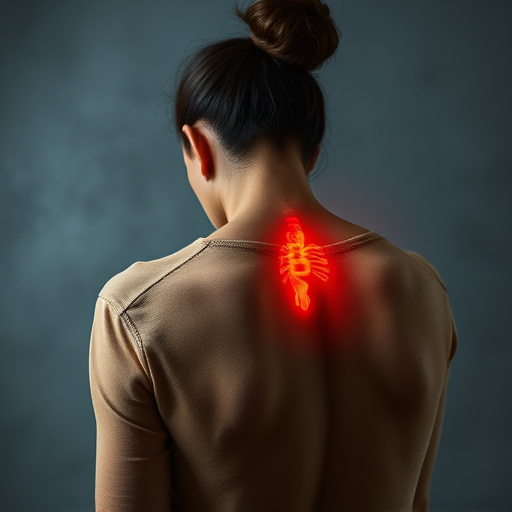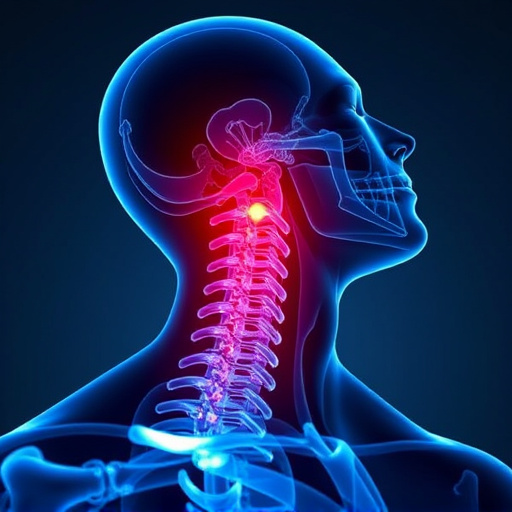Occupational injuries from repetitive tasks and hazardous environments are common, impacting well-being and productivity. Shockwave therapy is an effective treatment for soft tissue injuries like sprains, strains, and lower back pain, promoting timely recovery and preventing long-term disability. Massage therapy, a holistic approach, combined with rehabilitation methods enhances mobility, improves quality of life, and reduces risk of future injuries. Spinal adjustments show promise in addressing work-related musculoskeletal disorders, enabling faster return to work routines through non-invasive alternatives to conventional treatments.
Occupational injuries, ranging from muscle strains to chronic pain, pose significant challenges for workers and employers. Massage therapy emerges as a holistic approach to managing these injuries effectively. This article explores how massage therapy benefits individuals dealing with occupational injuries by promoting healing and reducing pain. We delve into the scientific evidence supporting its efficacy in treatment, providing insights that underscore its value in occupational injury management.
- Understanding Occupational Injuries and Their Impact
- Massage Therapy: A Holistic Approach to Healing
- Scientific Evidence Supporting Its Efficacy in Treatment
Understanding Occupational Injuries and Their Impact
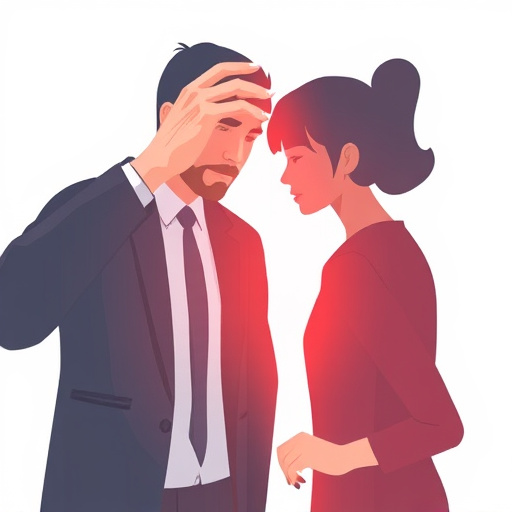
Occupational injuries are a significant concern in modern workplaces, impacting employees’ well-being and productivity. These injuries can result from various factors such as repetitive tasks, heavy lifting, or exposure to hazardous environments. Soft tissue injuries, including sprains, strains, and contusions, are common in occupational settings. Lower back pain is one of the most prevalent issues, often stemming from improper lifting techniques or prolonged periods of awkward posture. The impact of these injuries extends beyond physical discomfort, leading to decreased work performance, increased absenteeism, and potential long-term disability if left untreated.
Effective treatment for occupational injuries is essential to aid employees’ recovery and prevent prolonged absence from work. Shockwave therapy has emerged as a promising non-invasive approach, offering relief for various soft tissue conditions. By targeting specific areas of pain and injury, this therapy can accelerate the healing process, reduce inflammation, and improve overall mobility. Timely intervention with techniques like shockwave therapy is crucial in managing occupational injuries, ensuring employees return to their roles safely and efficiently.
Massage Therapy: A Holistic Approach to Healing

Massage therapy offers a holistic approach to healing, which is especially beneficial for individuals recovering from occupational injuries. Unlike traditional treatment methods that often focus on treating symptoms, massage therapy targets the root cause of pain and discomfort by relaxing muscles, improving circulation, and reducing tension built up over time due to repetitive or strenuous work activities. This comprehensive approach not only aids in pain management but also promotes faster recovery and enhances overall mobility.
Incorporating massage therapy into occupational injury treatment plans can complement other forms of rehabilitation like functional rehabilitation and chiropractic care, as well as physical therapy. By combining these holistic practices, patients can experience more significant improvements in their quality of life, enabling them to return to their work with enhanced strength, flexibility, and resilience against future injuries.
Scientific Evidence Supporting Its Efficacy in Treatment

Massage therapy has gained significant attention in the field of occupational injury treatment due to compelling scientific evidence backing its efficacy. Research studies have consistently shown that this holistic approach can significantly alleviate pain and improve functional outcomes for individuals suffering from various types of occupational injuries, including car accident-related trauma. The benefits extend beyond mere relaxation; massage is proven to reduce muscle tension, enhance circulation, and promote the body’s natural healing mechanisms, all of which are crucial aspects of personalized treatment plans tailored to specific occupational injury cases.
Additionally, scientific investigations into spinal adjustment techniques employed by massage therapists have revealed their effectiveness in addressing musculoskeletal disorders commonly associated with repetitive strain injuries and work-related back pain. By targeting specific trigger points and promoting tissue repair, massage therapy offers a non-invasive alternative for car accident injury care, helping patients regain mobility and return to their regular work routines faster. This evidence-based practice not only complements conventional treatments but also serves as a valuable tool in managing chronic pain and improving overall well-being among workers affected by occupational injuries.
Massage therapy offers a natural and holistic approach to managing and treating occupational injuries, providing significant benefits for those affected. With its ability to reduce pain, improve mobility, and enhance overall well-being, it’s becoming an increasingly valuable asset in the field of occupational injury treatment. Backed by scientific evidence, this therapeutic method not only accelerates recovery but also promotes long-term health and productivity for workers.



